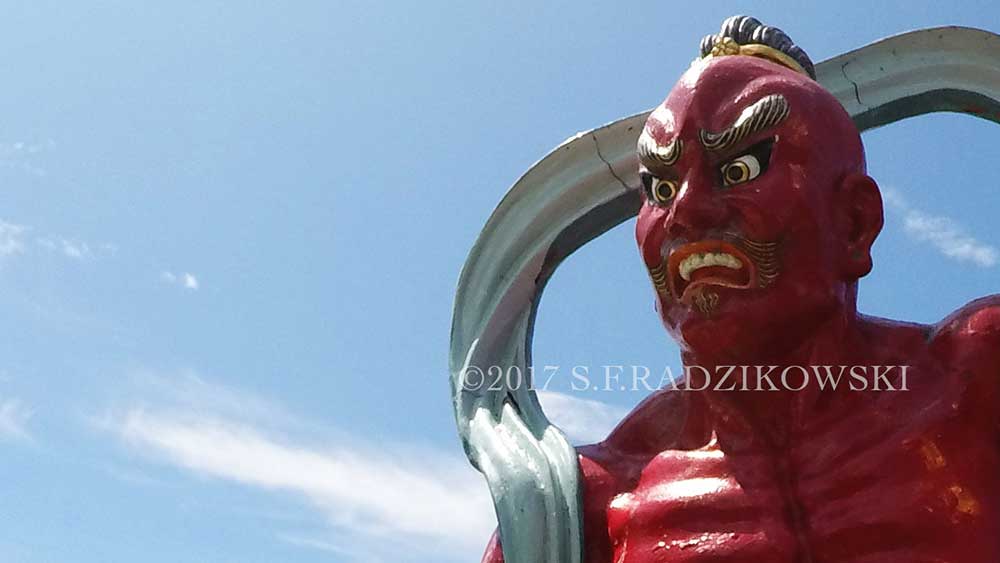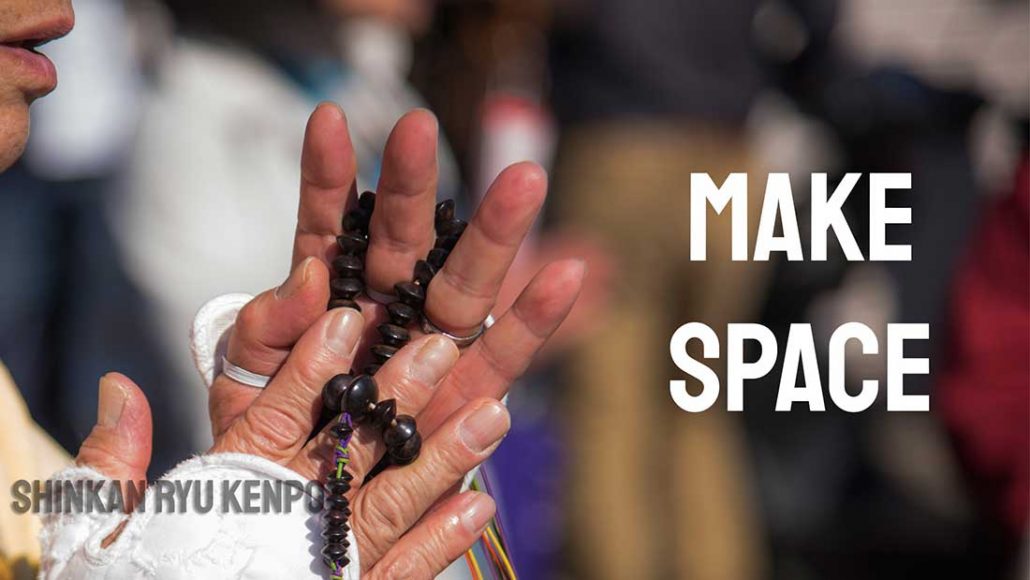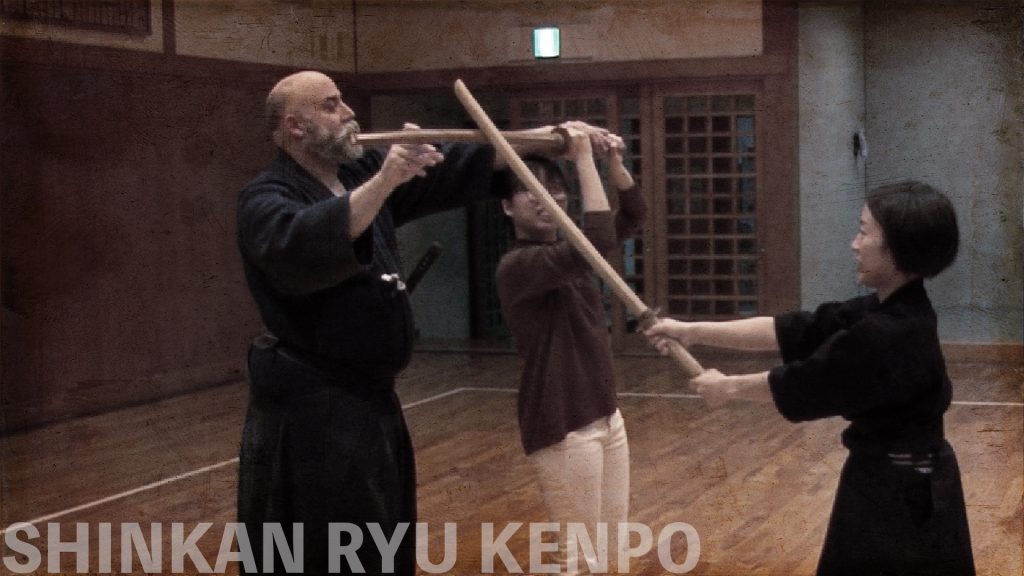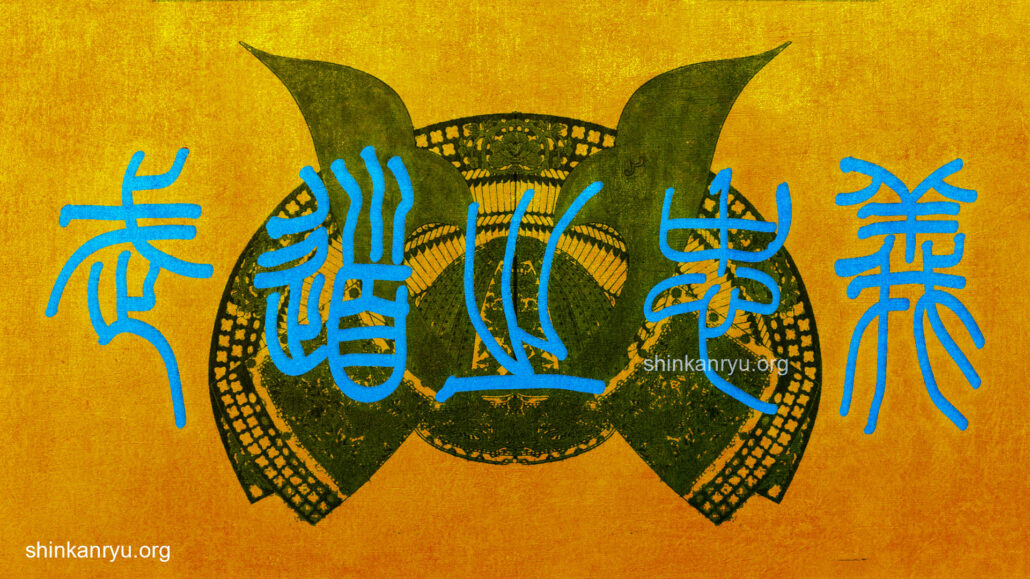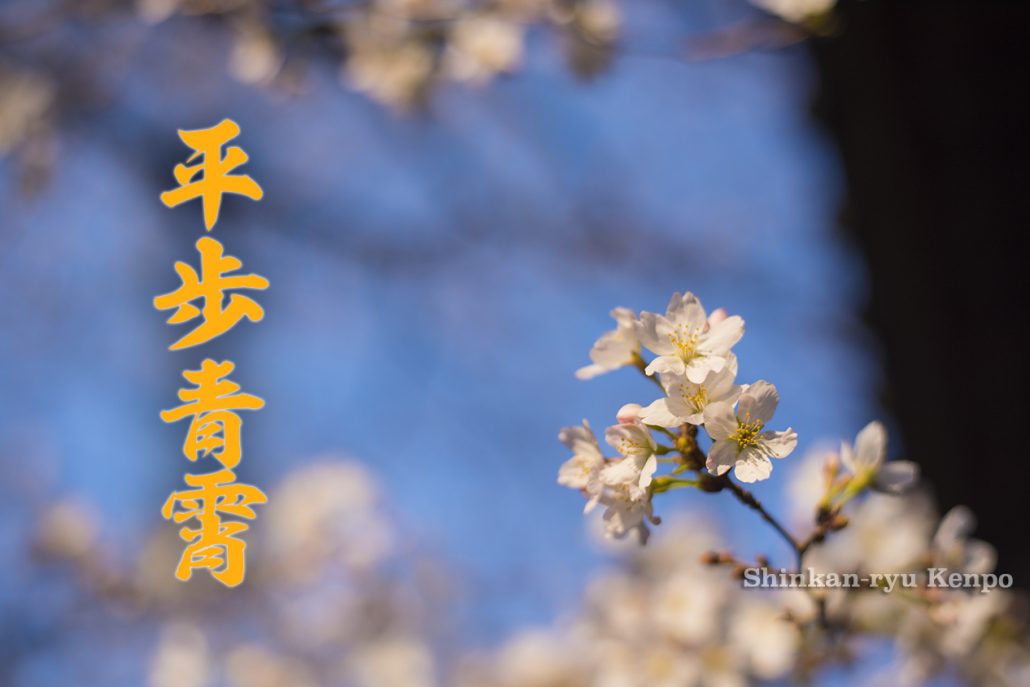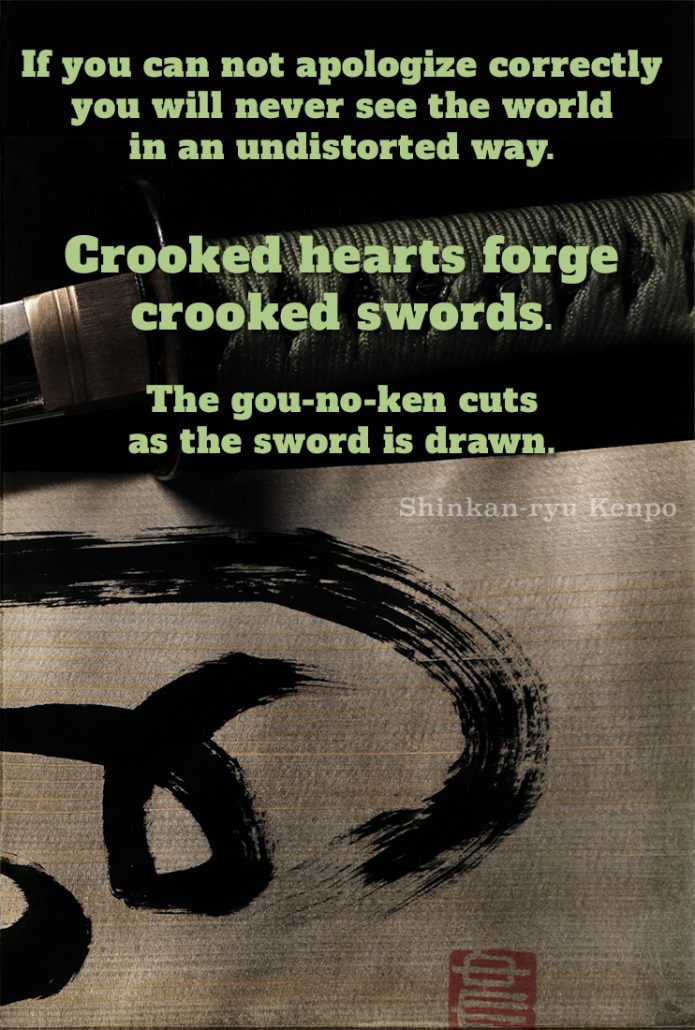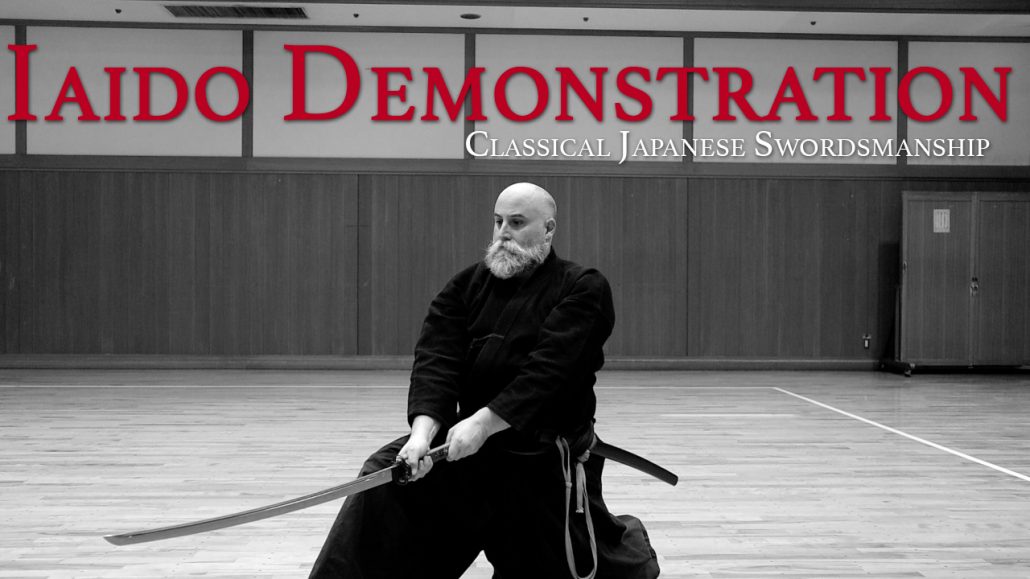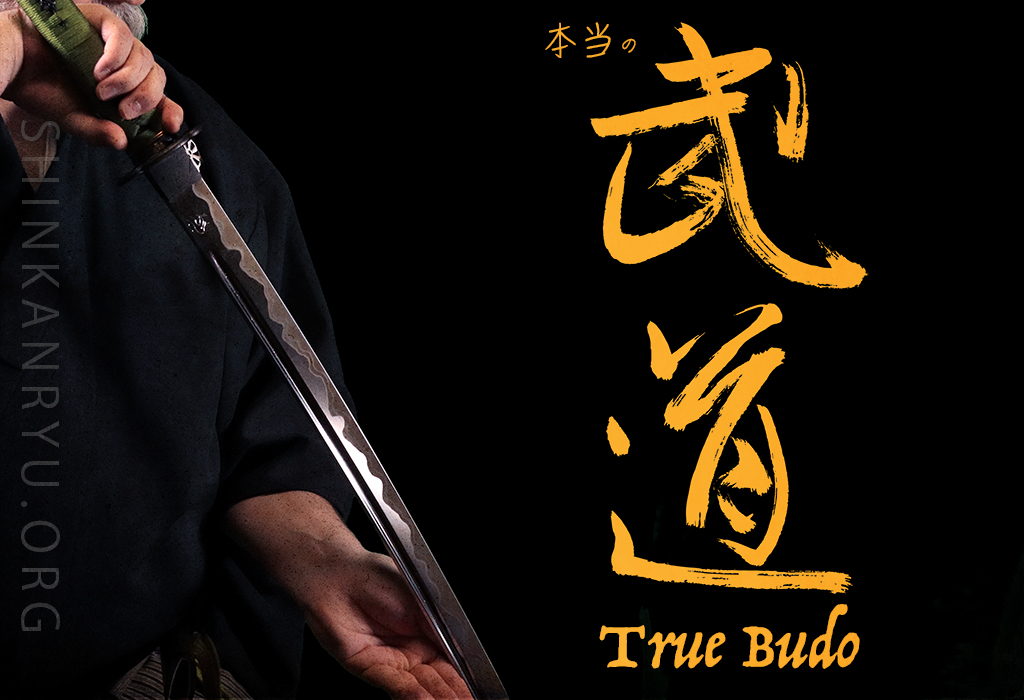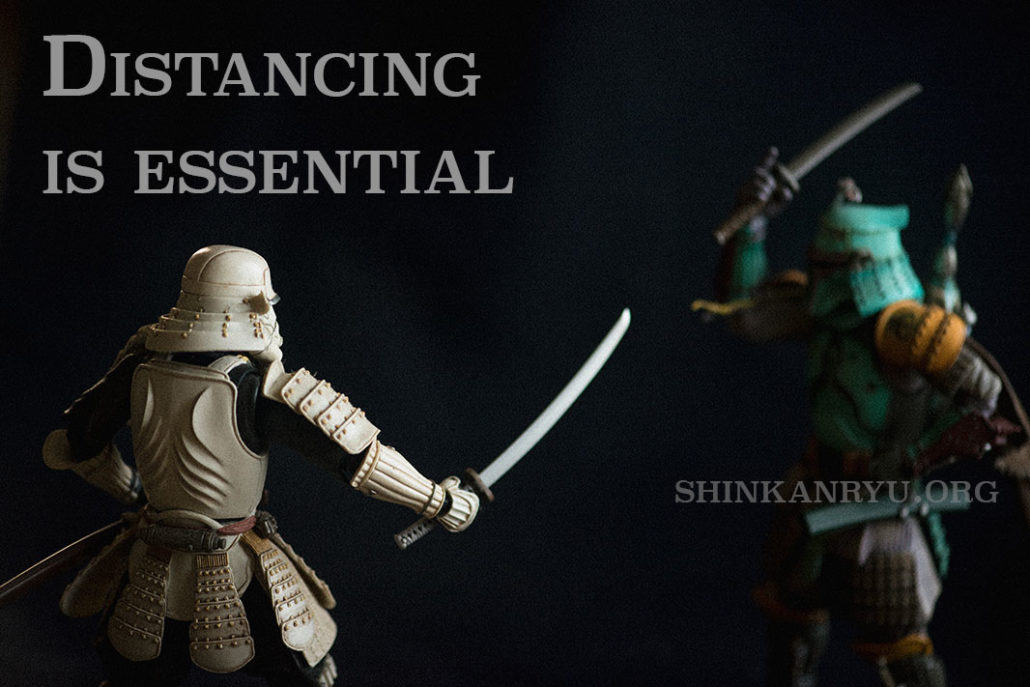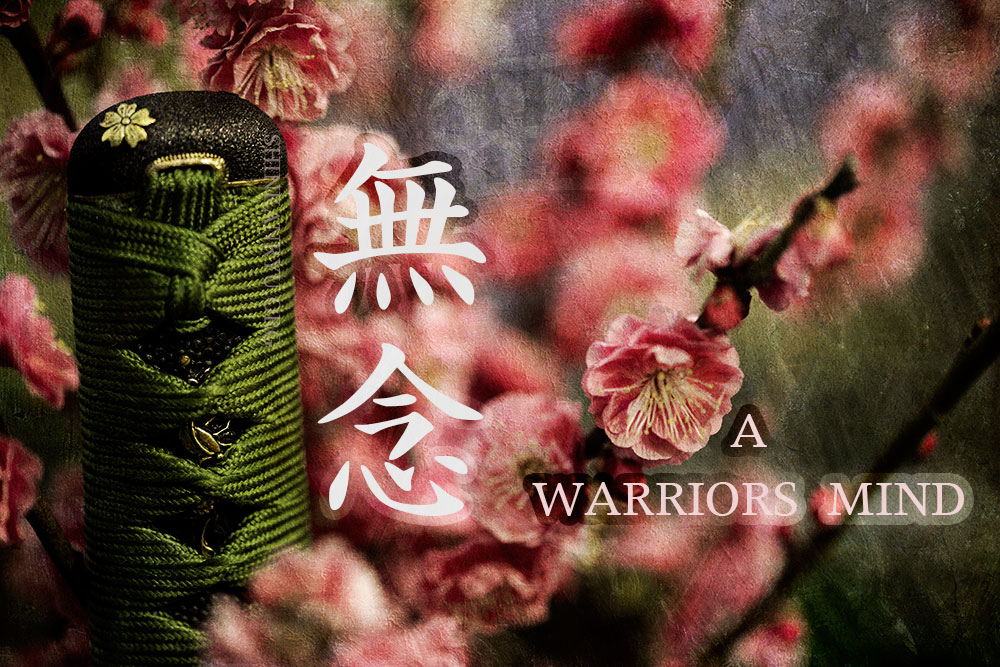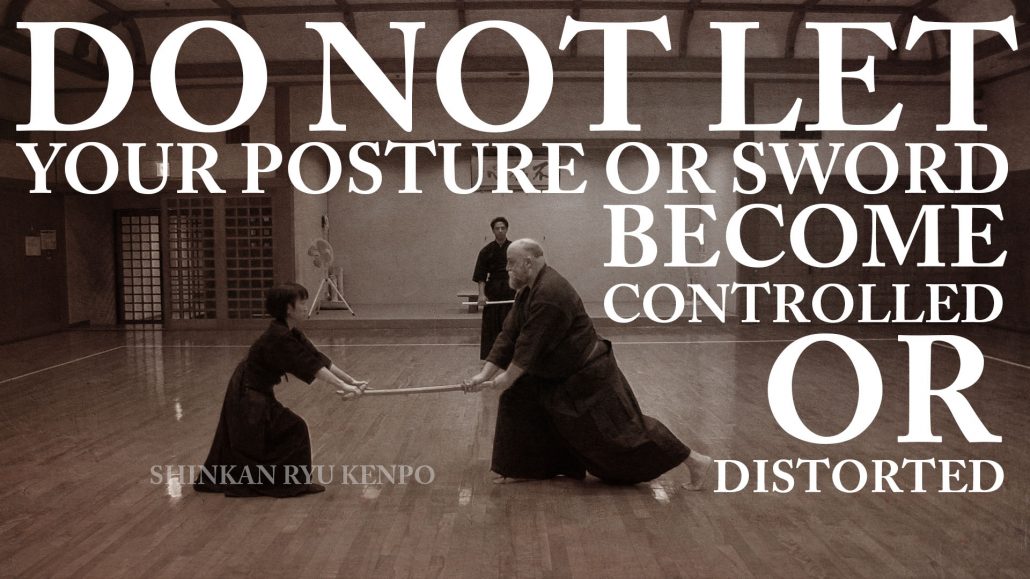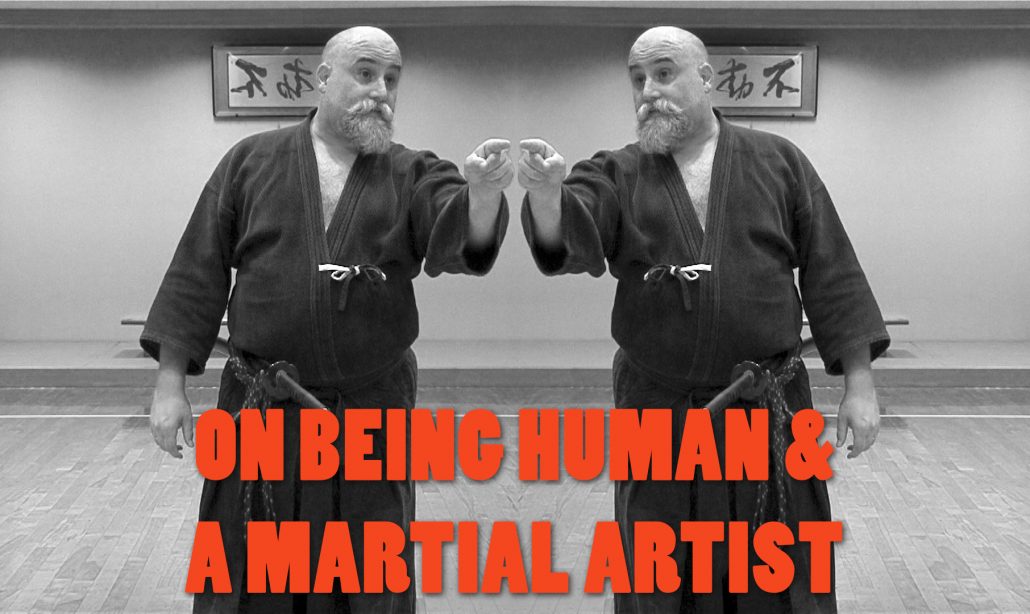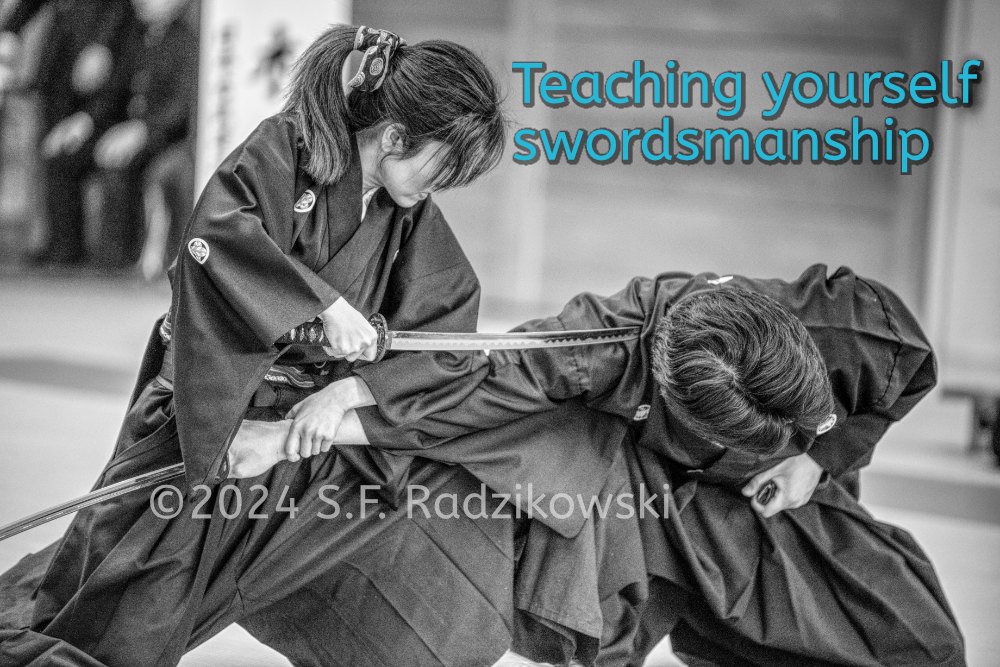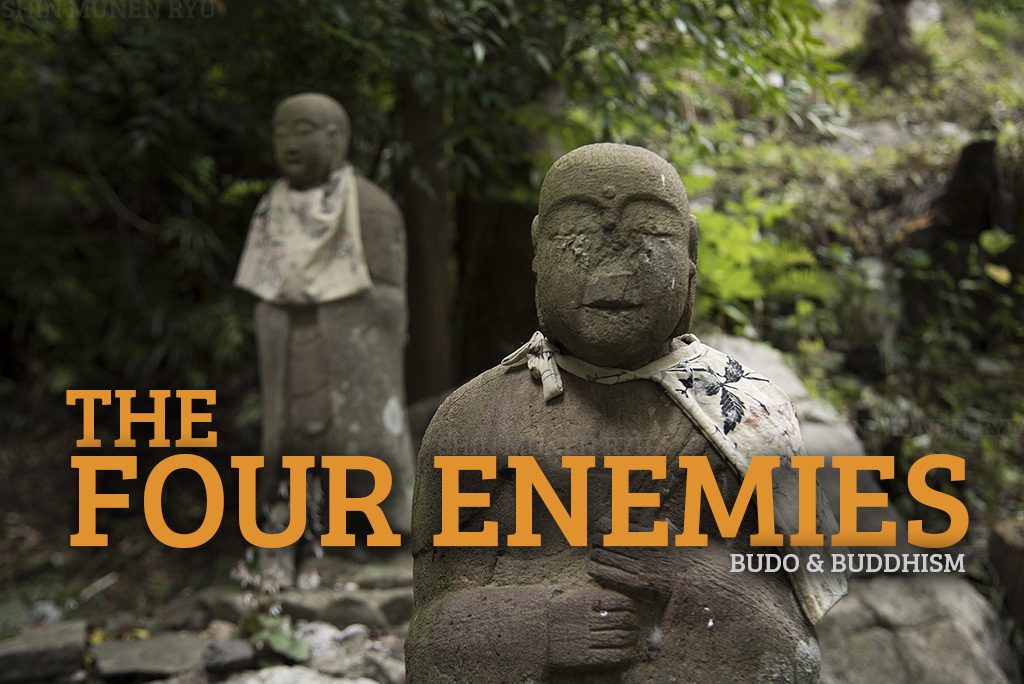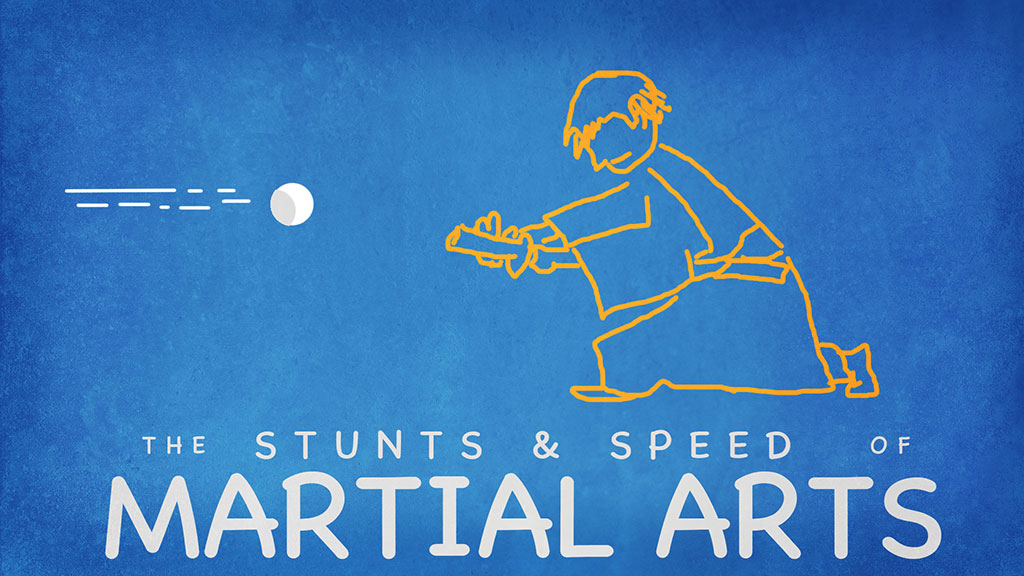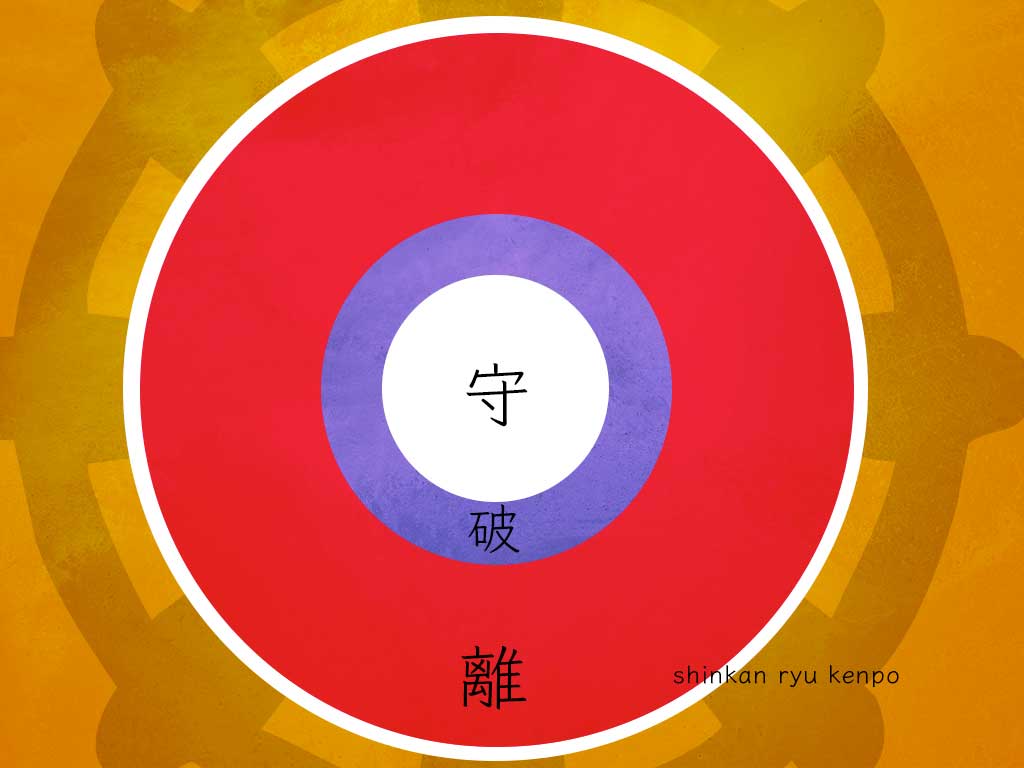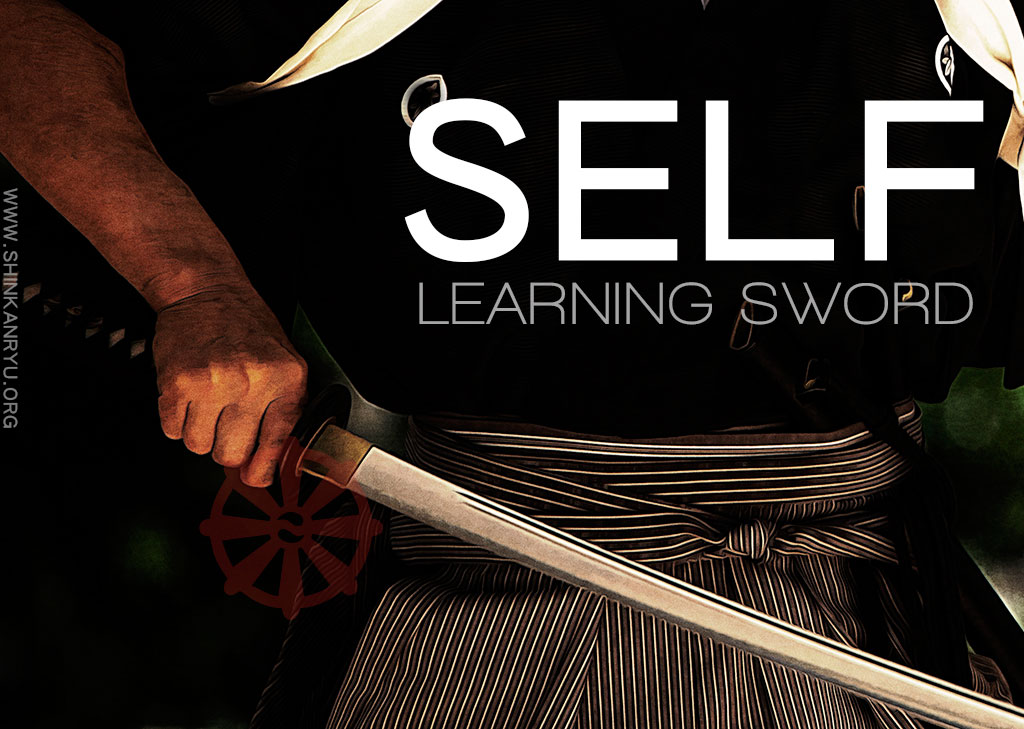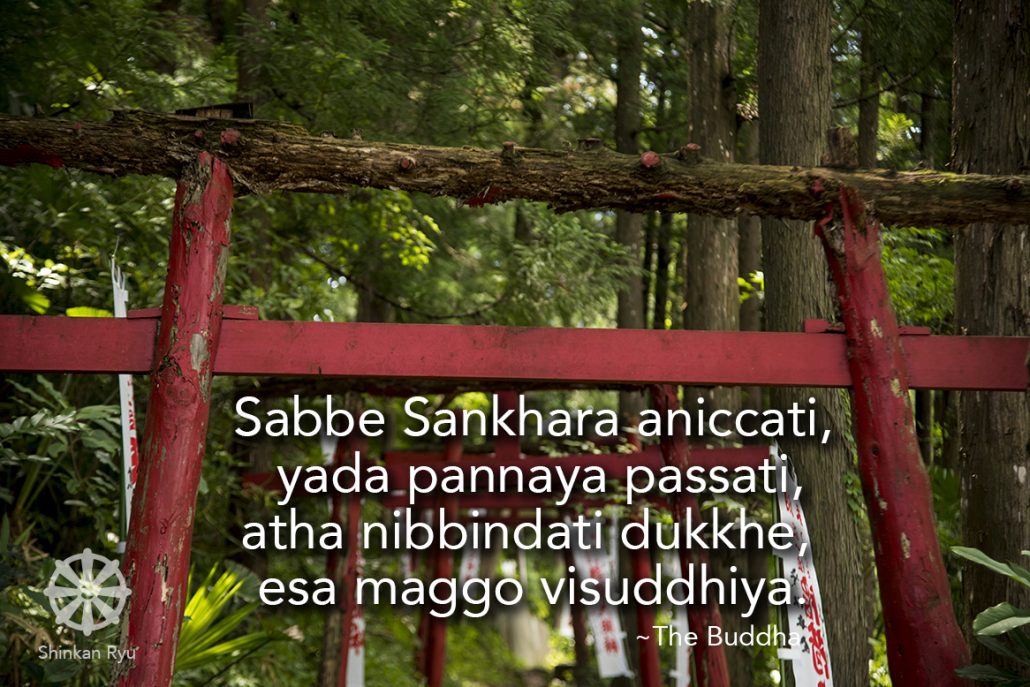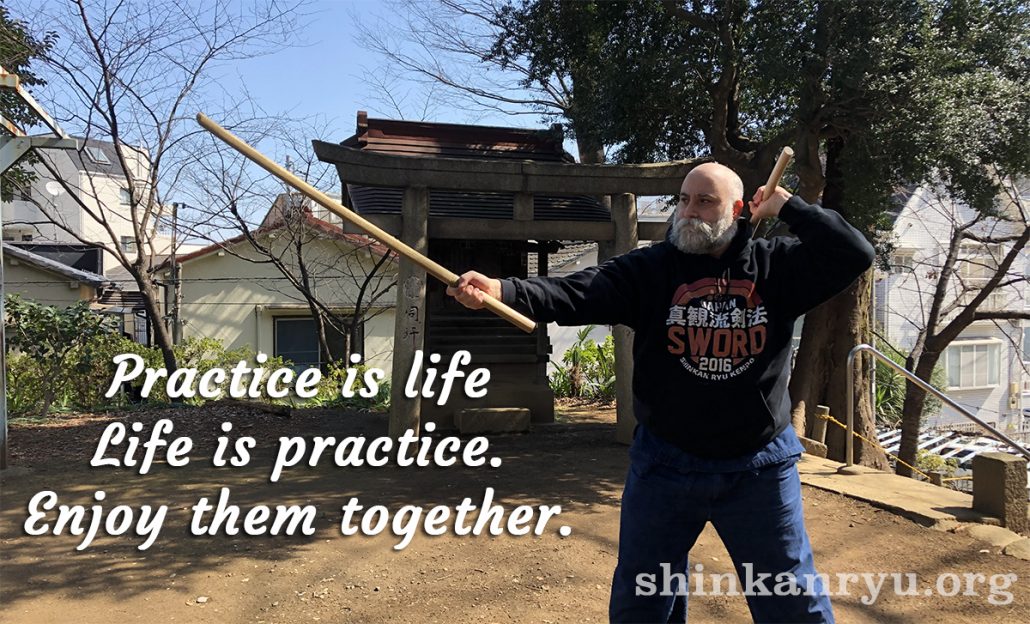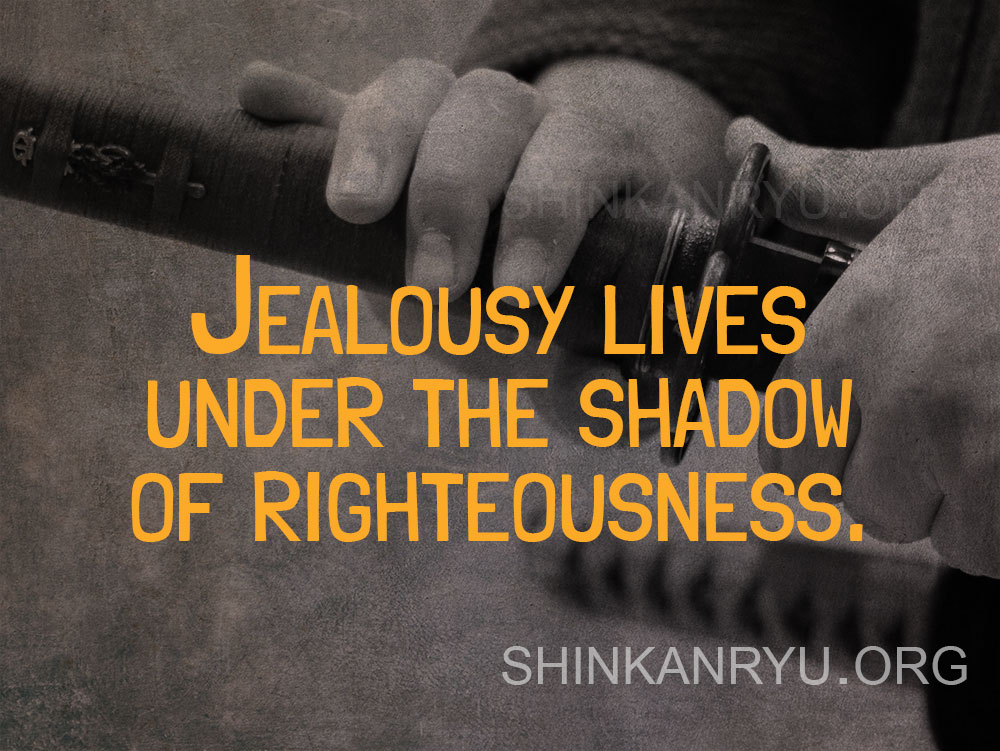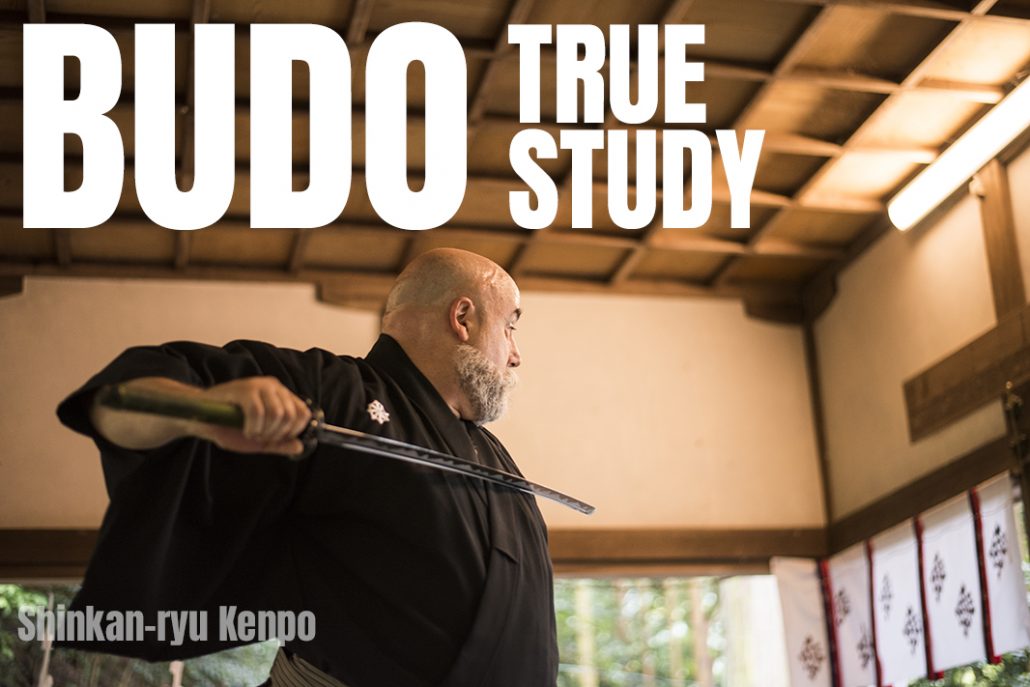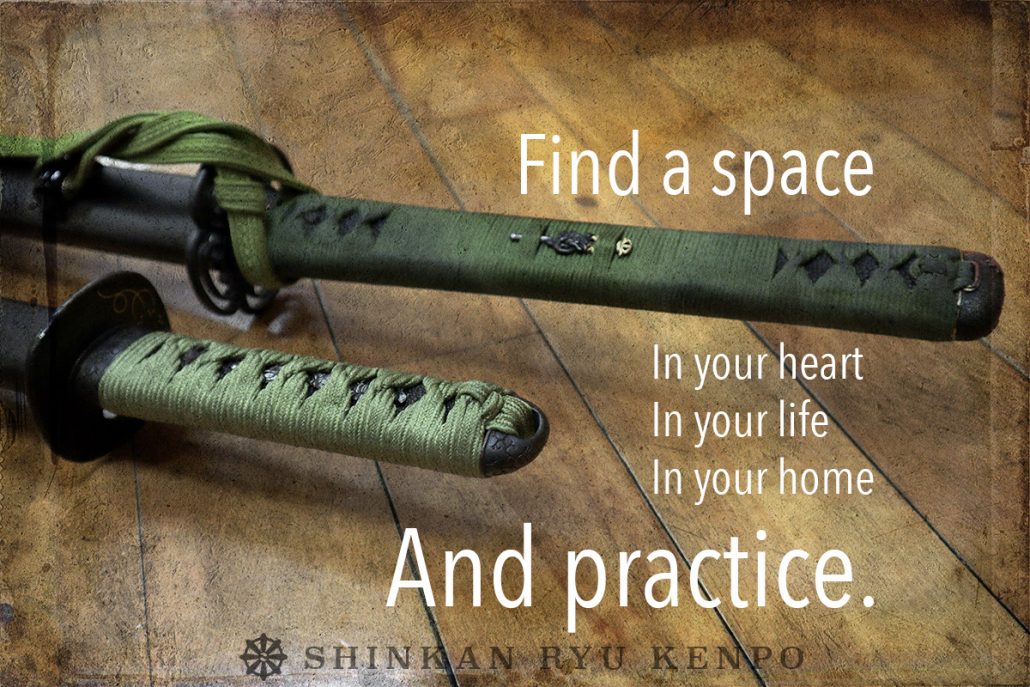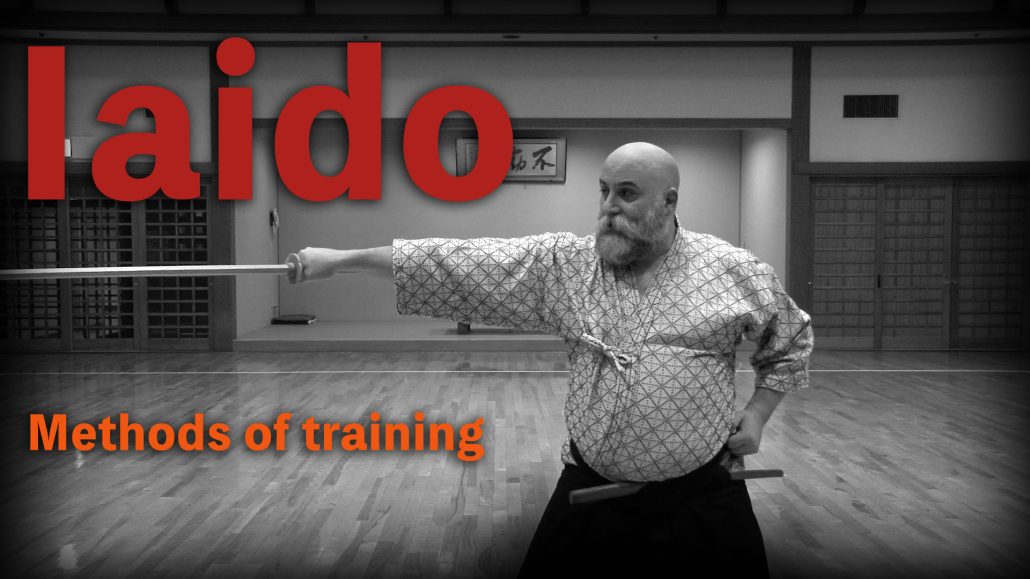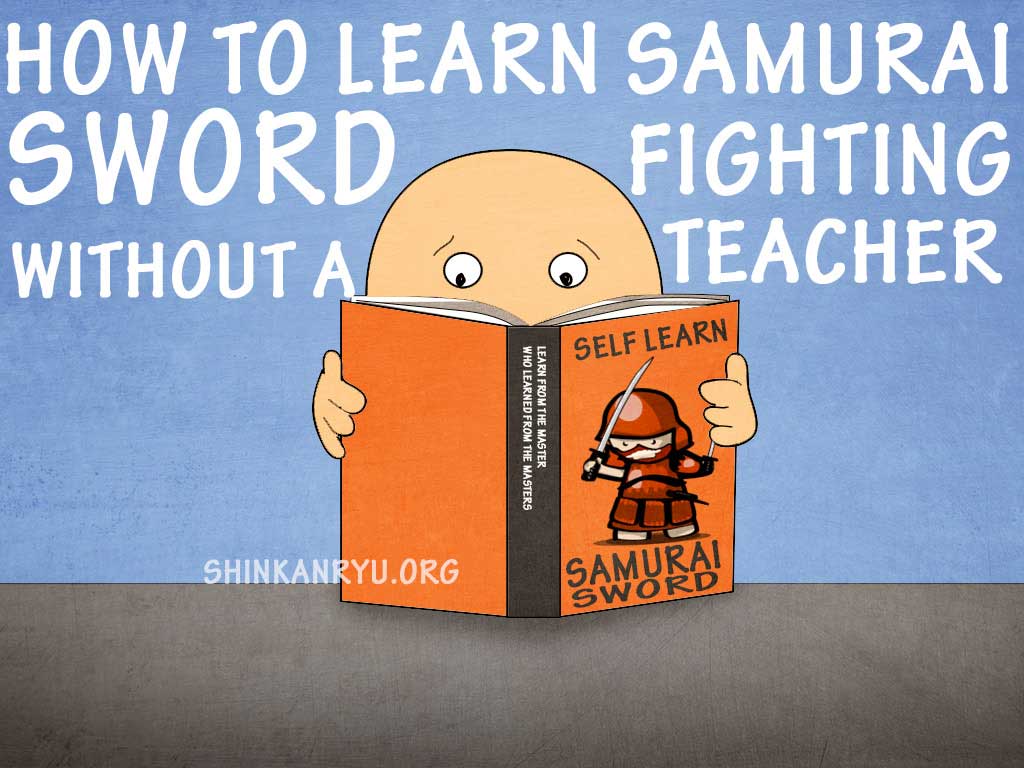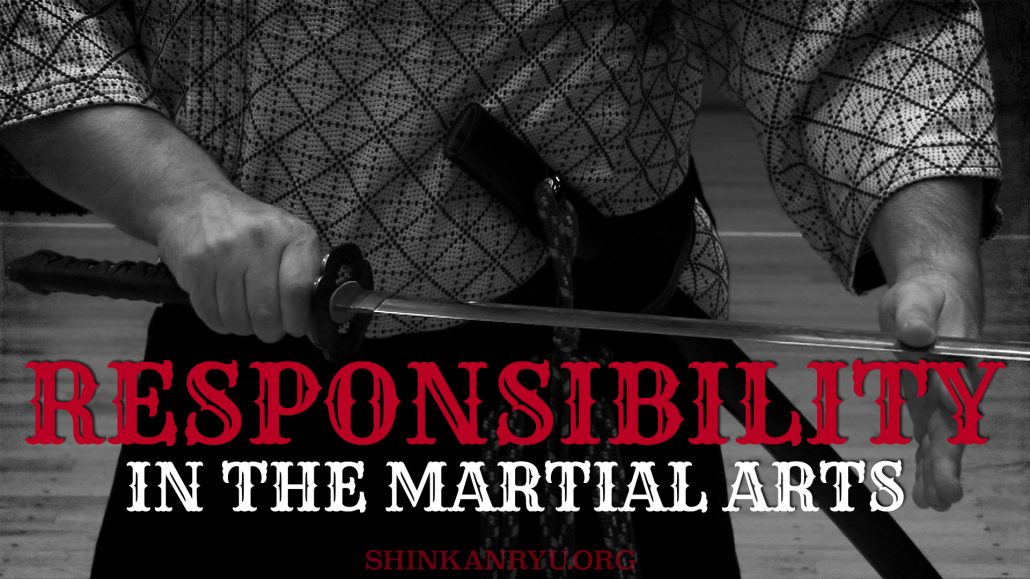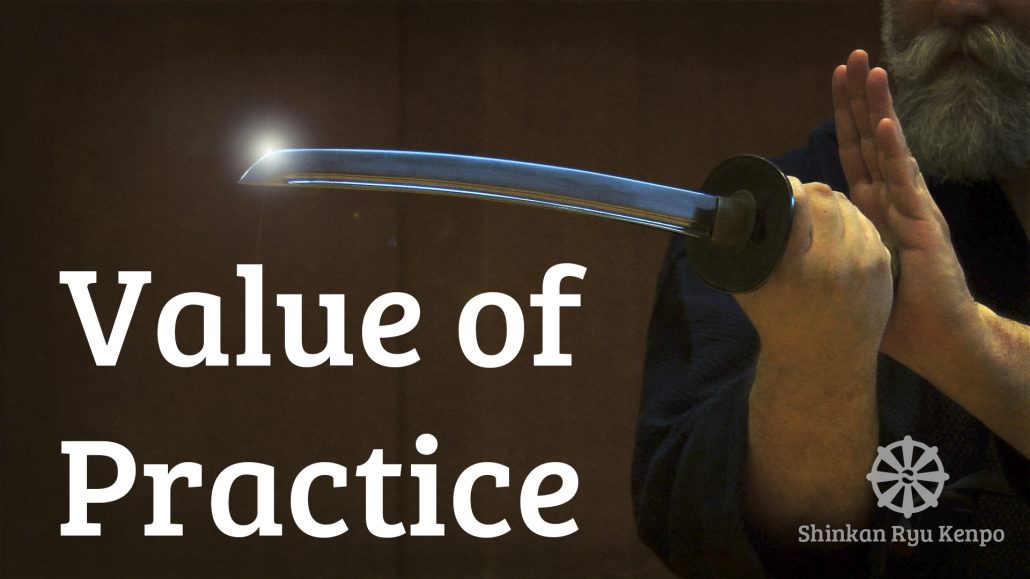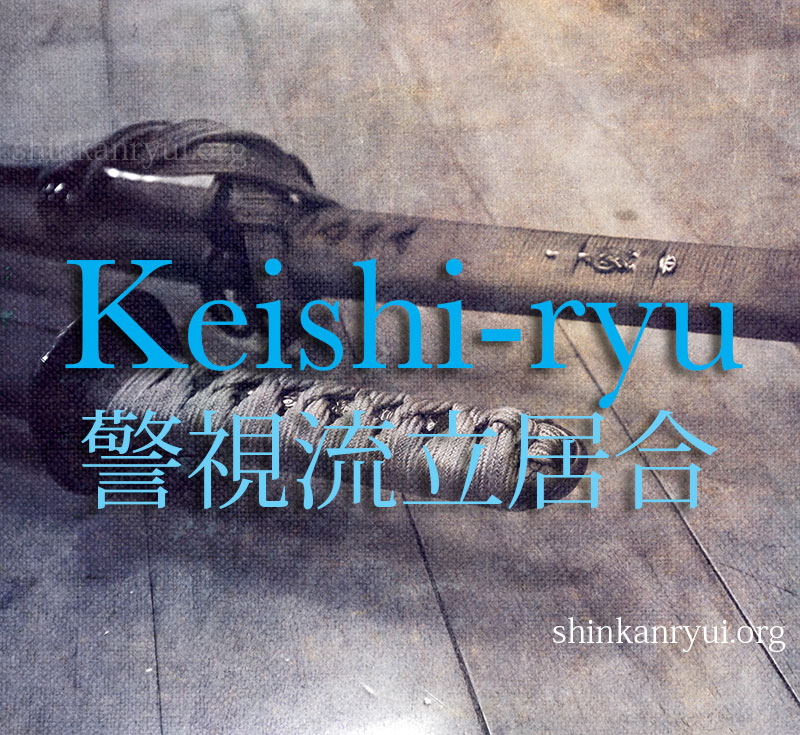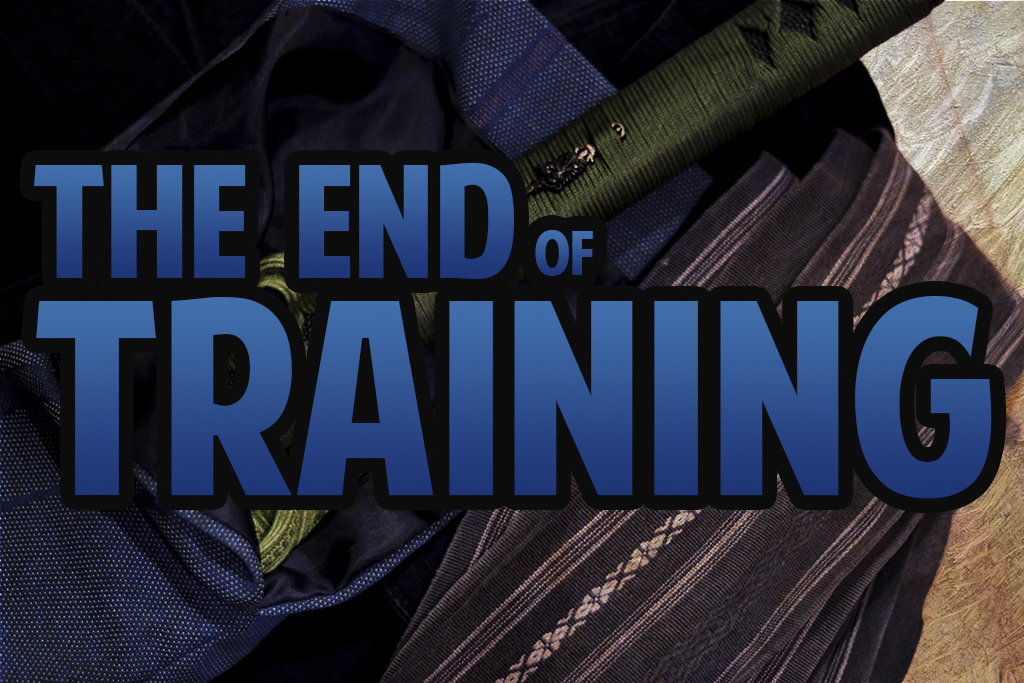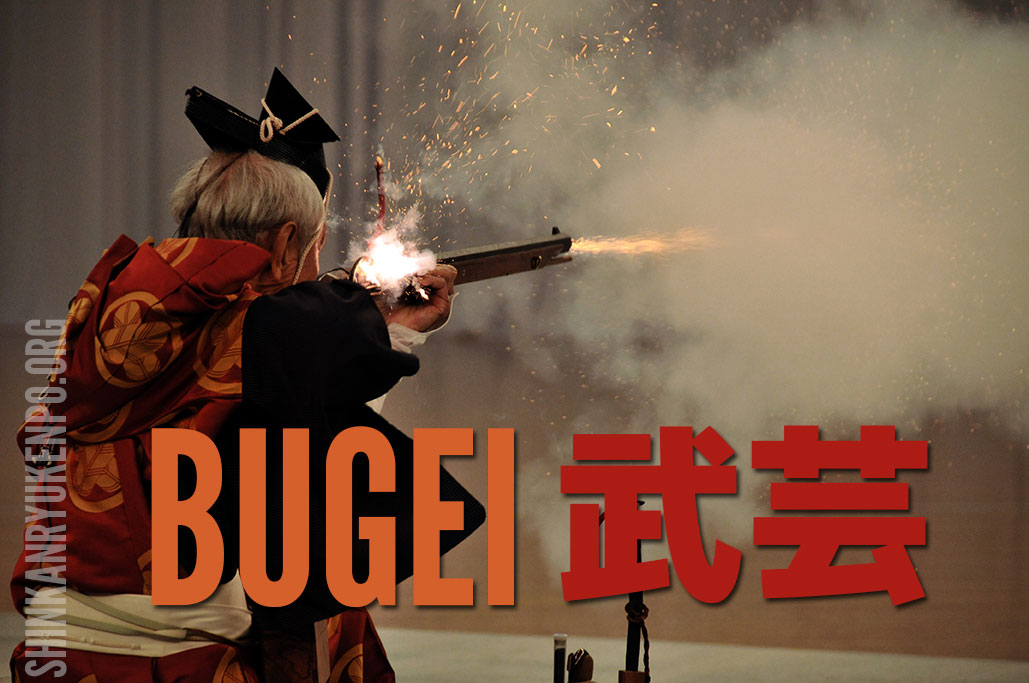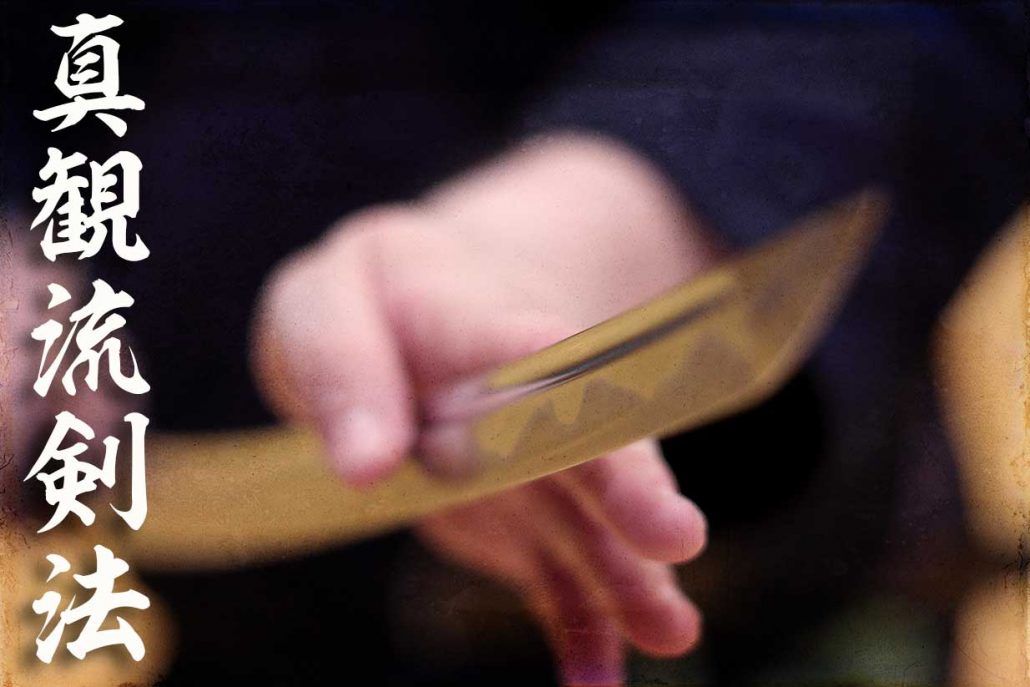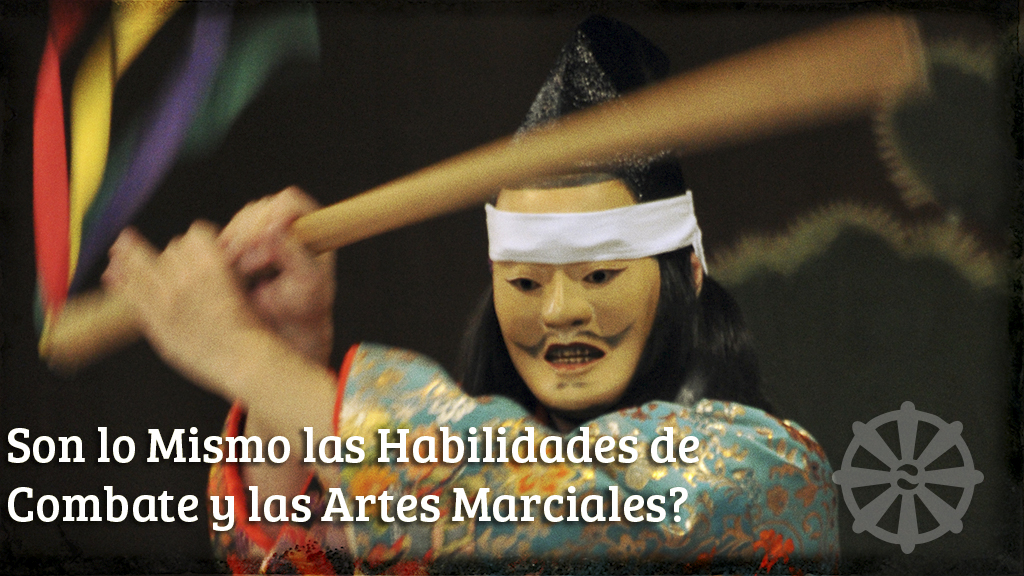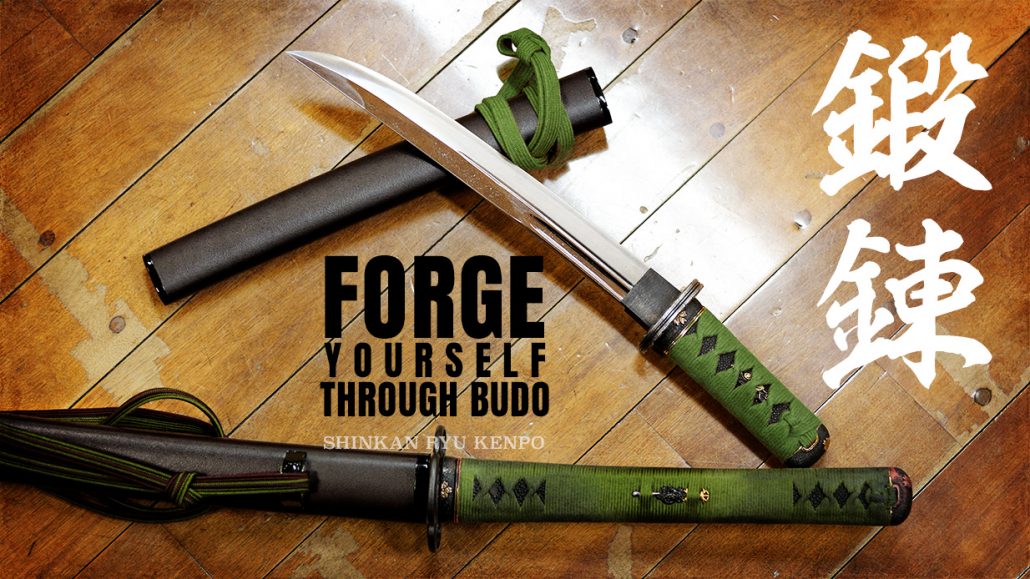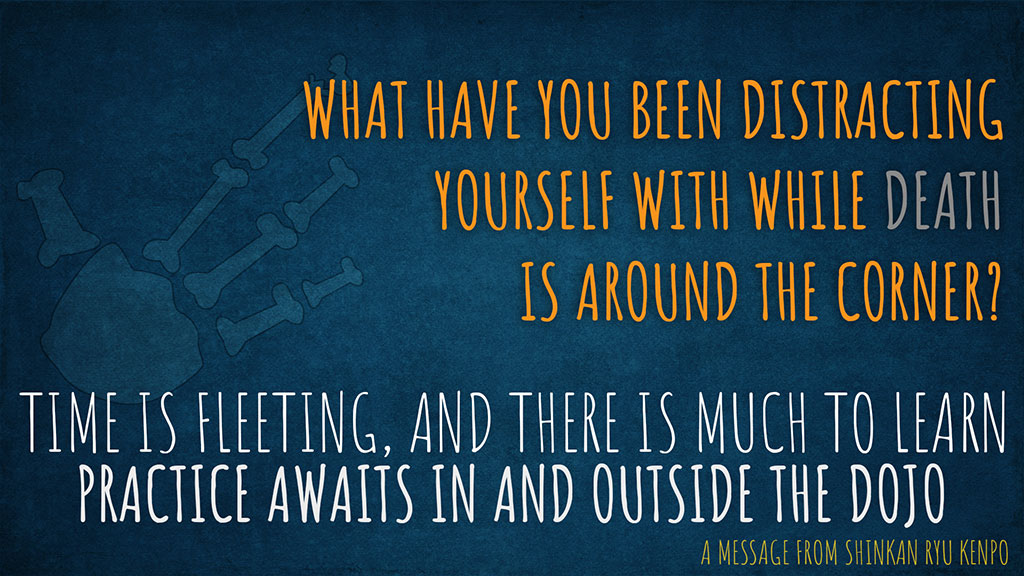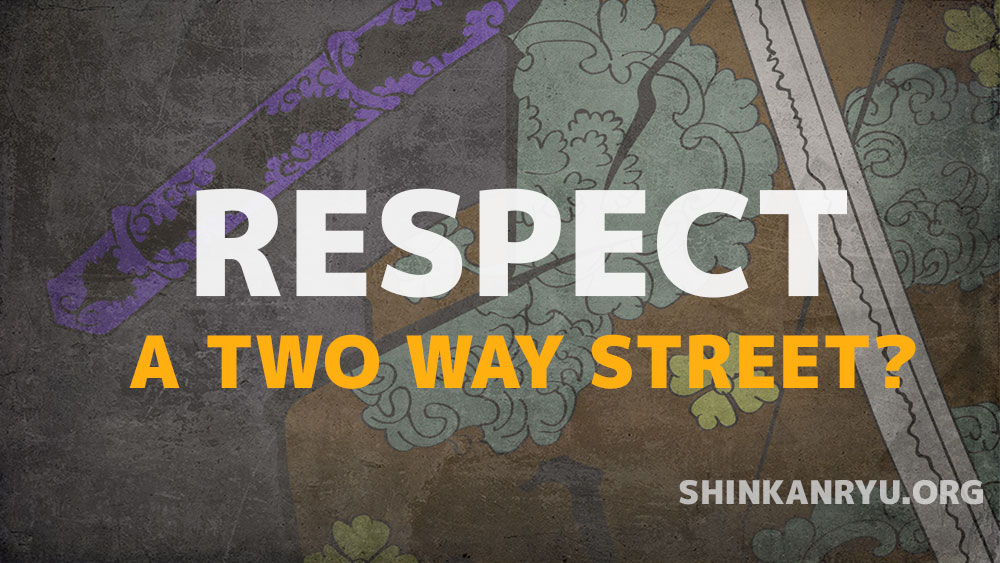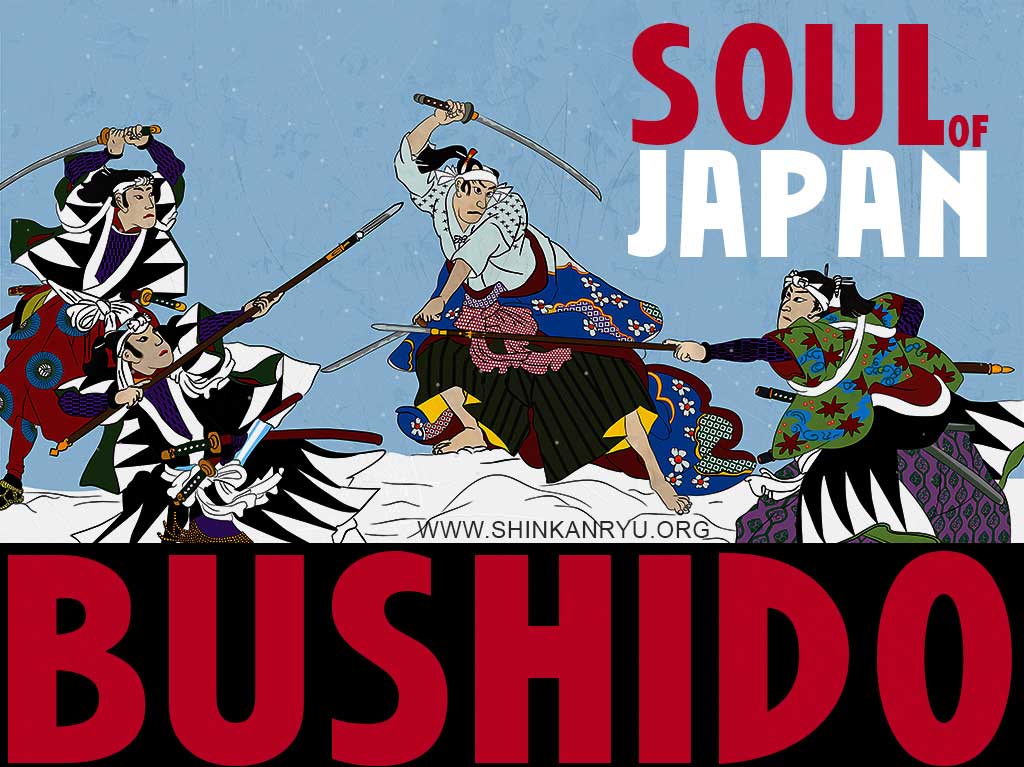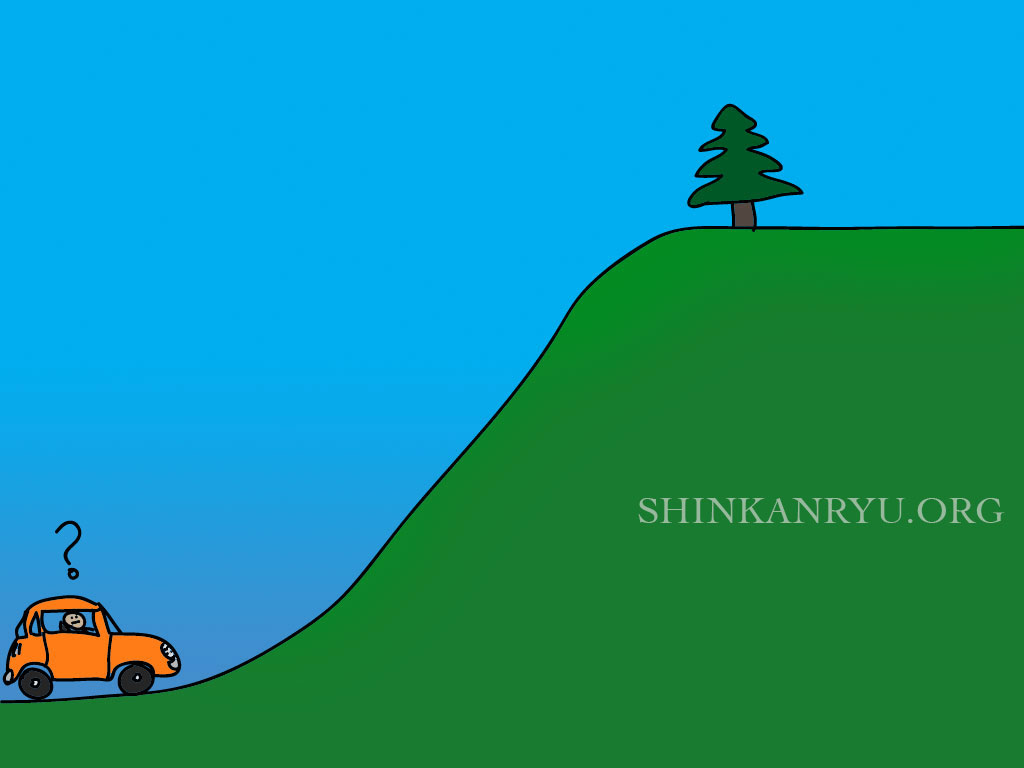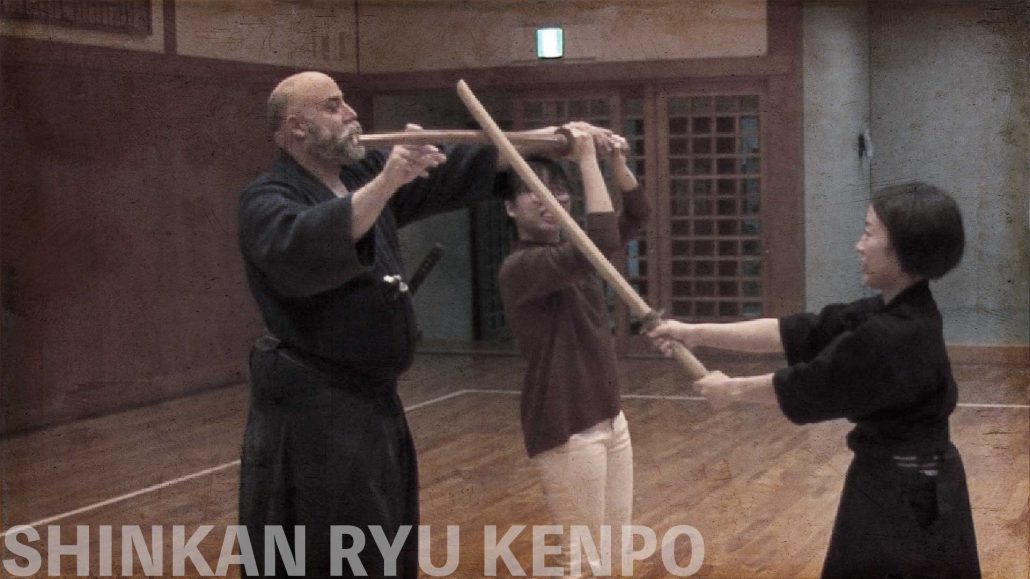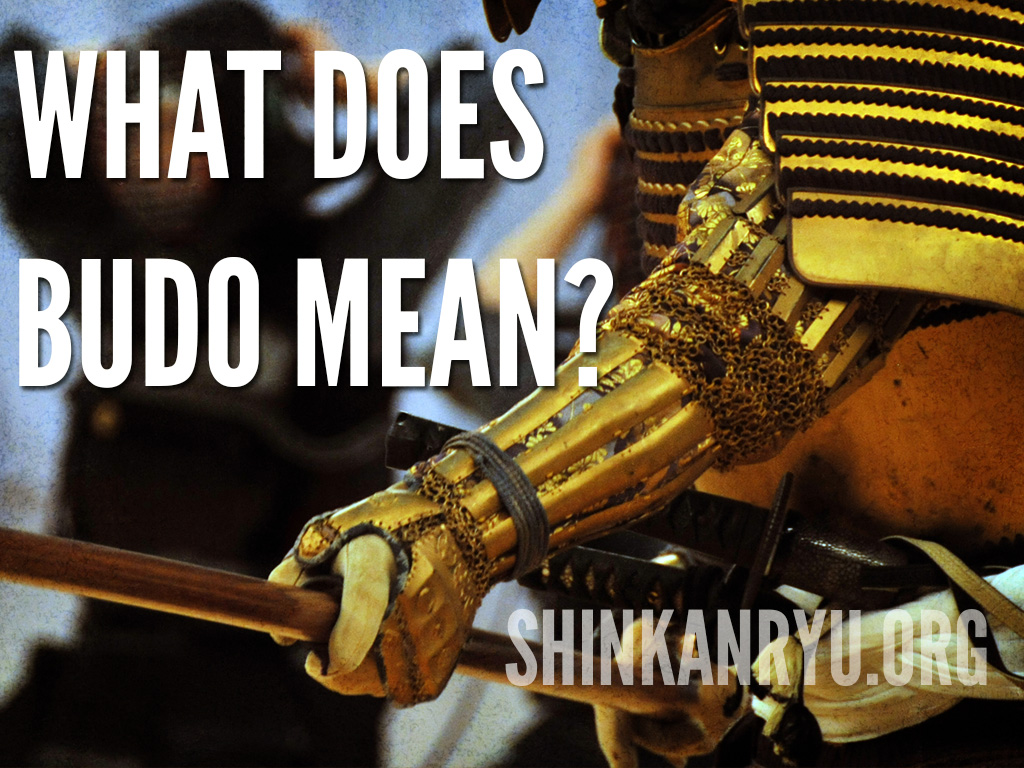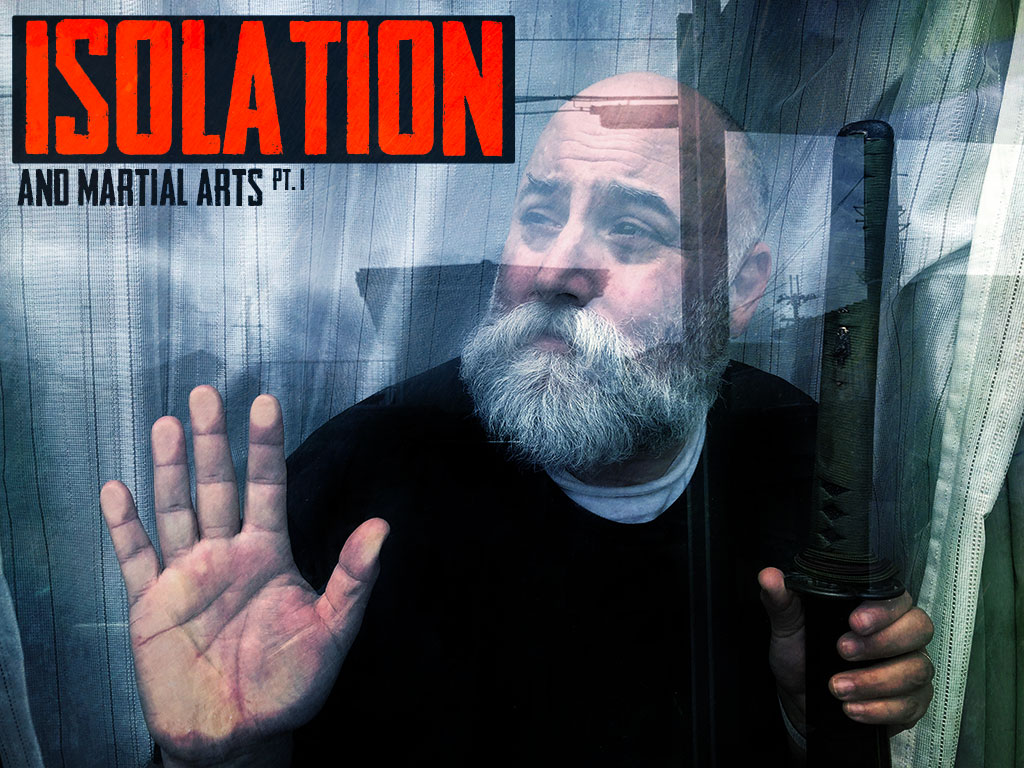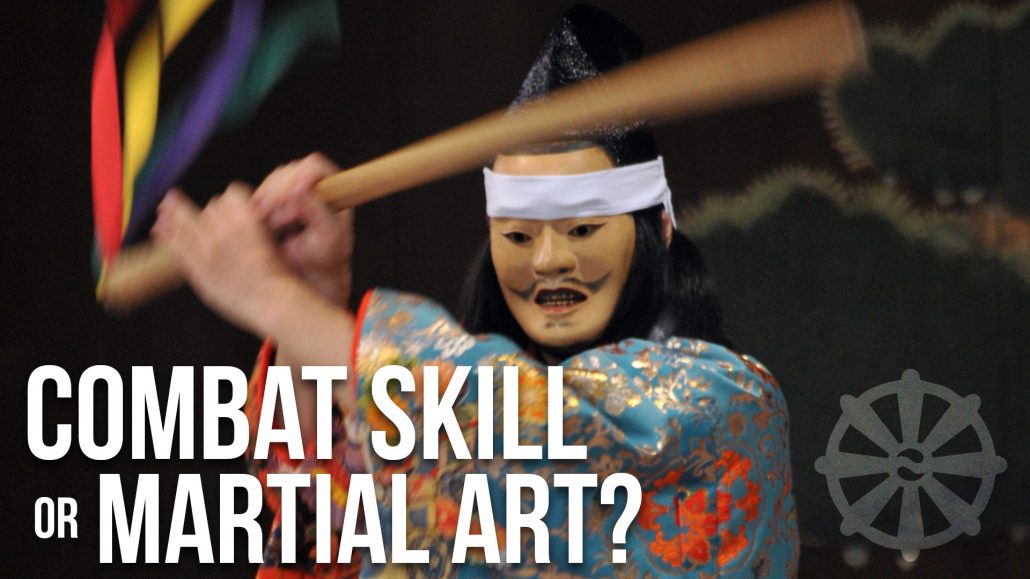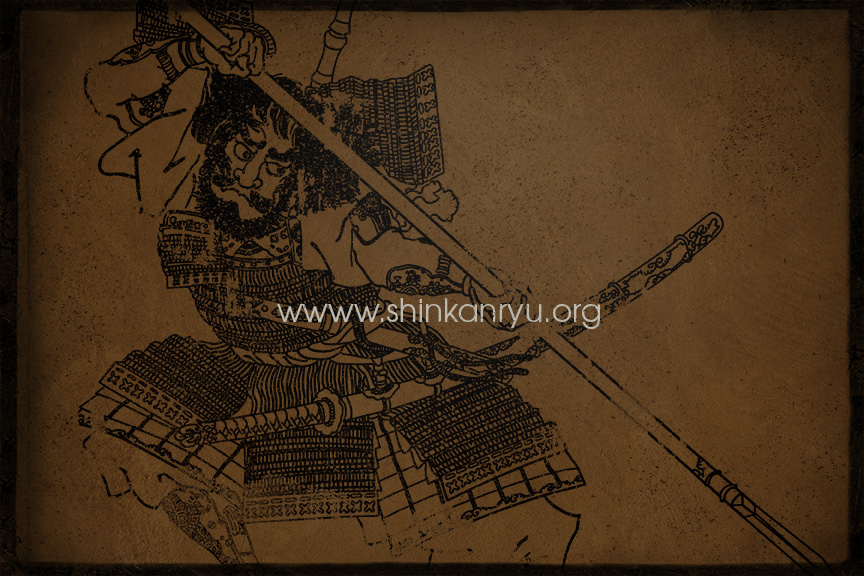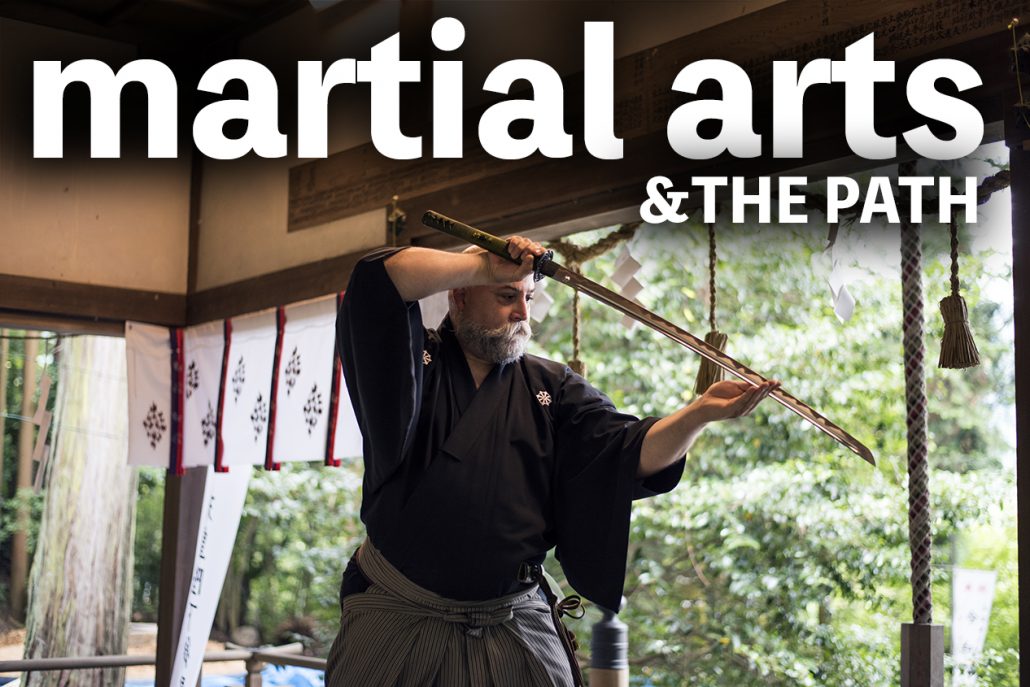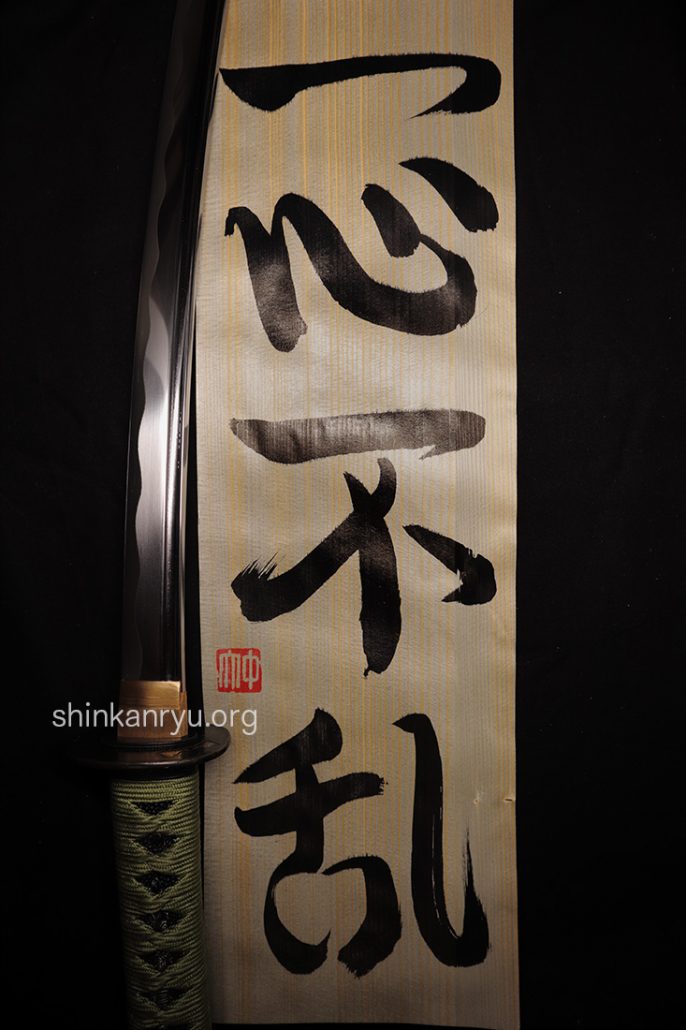The koryū of Japan are not self-defense arts. Although they can be authentic and certainly do deal with the realistic push or pull of an unwilling opponent, they are not designed for modern-day self-defense. They were not wholly designed for self-defense back in the day either. Partly, but not completely, and certainly lots of arts sprang up through the Edo period (1603-1868) which created techniques that could never truly be pressure teasted as it were.
You can name your art kobushi blah blah blah to make it sound authentic and Japanese but it is not a traditional Japanese bugei. When you blend things together you get a muddy solution. It is akin to mixing paints, as I have said before. If you do not really know what you are doing then it becomes a murky mess.
What is different?
Combative arts are martial arts. They are not self-defense. Combative skills and combative arts do not share the same goal. I do not wish to be pedantic. I do wish to illustrate there are different goals. One goal is to be proficient as a military member or law enforcement professional. Where every day you might come into contact with situations that require you to defend your own life, or that of someone else. Situations that might require you to disarm someone carrying an edged weapon or firearm. It might require you to subdue and control someone who has a muscular or mass advantage over you. Your life is actually in jeopardy, and you need certain skills to handle those situations. That is why you would study combat skills.
Combat skills are designed to be used under duress and extremely unbalanced attacks, e.g. someone twice your size, highly skilled, or armed against unarmed, etc. A martial arts background might be helpful but judo, aikido, karate study, in general, will not prepare you for the situations mentioned above. Sorry to burst your bubble, but general aikido is not going to teach you to do real-world knife disarms. Nor will Taekwondo allow you to thwart someone robbing you at gun point. Iaijutsu is not going to help you either. Those arts are great but as with all martial arts, they have their limitations. Unfortunately, a lot of nonsense pervades many a dojo around the world and sensei want to market their humble arts as something, well, not so humble.
The shortcomings of classical martial arts is not a bad thing. They are simply not designed to train you properly for a situation where your life is actually in danger. Studying kobujutsu or koryū is an exercise in the preservation of a legacy or cultural lineage. A way of life and antiquated fighting or combat. That does not mean it's not relevant or doesn't go through changes. I am of course biased as that's what I do. I certainly do not teach that my no-sword techniques will prepare anyone for dealing with a knife or even real-world sword fight. I am under no illusion that the sword work I do is of real-world direct application and use. I do not need it to be, nor is it meant to be. I am just fine with that.
Studying classical arts can be serious and the training can be intense but it's not going to wholly equip you to deal with a very dangerous situation as well as some highly realistic self-defense training or combat skill classes will.
We should be not be studying classical swordsmanship or even jujutsu to help us with self-defense. Not directly at least. Studying a good martial art will give you some skills but they are diluted compared to true self-defense or combat skill training needed in a real-world situation.
More is more and more is better!
What happens is that people get involved in some martial arts and pull this or that technique together, call it something like kobushi-ryu, hebi-ryu, or some other non-sense word and teach it as self-defense. Often the instructor of such a school uses his military or law enforcement training and peppers it throughout the classical Japanese, Chinese or Korean arts. Taking techniques from older arts and modifying them for use in the modern world is ok especially if they are thoroughly tested to work in modern settings. The issue is some people think more is better.
People start hopping from person to person thinking that learning and teaching nineteen different arts makes them understand martial arts better. Different martial arts from different countries. That's a lot of differences to keep straight. How can anyone really know any of those nineteen deeply? Maybe it's not his pursuit. As I said they often go through the orchard picking this or that. It is a problem when they approach another school and want to learn. How could I teach someone who is doing literally nineteen arts all ready? This is an extreme example, although its a real example. We can cut it back to five different bugei. If someone is actively doing five martial arts how on earth can they learn a knew one (properly) while also having a full-time job and teaching who knows how many martial arts?
Can that person really focus their time and understand one art and its techniques? If you want to learn combative skills then it is good to expose yourself to different styles so you can better prepare your skills.
In koryū or kobujutsu we are not concerned with amassing techniques from many schools. Well, some off the path kind of martial artists try that but they don't really get very far. There have been some famous examples of swordsmen in Japan biting off more than they could chew. Rather they alone could chew it, but their legacy suffered in the end and their students were the ones hurt by the greed of the teacher learning too much.
Each ryūha in koryū has its own ideas and flavors. There is not one idea about swordsmanship as many people seem to believe after reading the Book of Five Rings. Hundreds of schools create hundreds of different ideas. We arent studying to be people who can do techniques in Shinkan-ryu Kenpō, for example. We are training to become Shinkan-ryū Kenpō kenshi. If you study Shinkage-ryū the goal is to be a Shinkage-ryū swordsman. There are many waza to study which teach you the flavors, attitudes, philosophies, strategies of the ryūha.
You can not learn all there is while doing nineteen other martial arts at the same time. There is literally not enough time in a single day or week to train properly in everything. I feel that someone starting a bit young can maybe learn two or three substantial arts in their lifetime. A technique can be done for ten years and only at that later stage do the layers start to reveal themselves. Many techniques in the classical arts of Japan have subtle depths to them. Not just Japan of course, but other martial arts around the world.
Thinking that we can cram things together and learning more means more knowledge, which in turn means better martial arts, which means we become a better martial artist.
We must be prudent with our arts and steep ourselves in them. Budō collecting is a very real problem. Flitting from dōjō to dōjō, and teacher to teacher or worse yet, just workshop to workshop does not create a strong and grounded understanding in martial arts. We should separate the differences in combat skills, self-defense, and martial arts.
Be careful jamming classical martial arts together. Resist the urge to stuff yourself full of ryūha. More is not necessarily better. Explore what is in front of you thoroughly before you jump the fence into another yard.

ラジカスキー真照
館長Saneteru Radzikowski is the head sword instructor of Shinkan-ryū Kenpō. He lives and teaches Iaijutsu and Kenjutsu from Nara, Japan.
Don’t Fall Into The Honey
You only have a little bit longer to live. The end is coming, whether in...
Cómo aprender Kenjutsu?
Aprender cualquier cosa tan profunda como un arte marcial requiere de un maestro. El kenjutsu,...
Bushido Chūgi The code of Loyalty
Loyalty is one of the shining points in any list about the virtues important to...
Equanimity Of A Bushi
Under the big blue sky, Walk with purpose. せいしょうにへいほうす。青空をすたすた歩く。 Move towards your difficulties (or life...
The Sword of Kamma
Within Shinkan-ryū are teachings to being responsible for our actions. Admitting fault of miss-actions or...
Tachi Iai & Suwari Iai Demonstrations
[fusion_builder_container hundred_percent="no" hundred_percent_height="no" hundred_percent_height_scroll="no" hundred_percent_height_center_content="yes" equal_height_columns="no" menu_anchor="" hide_on_mobile="small-visibility,medium-visibility,large-visibility" status="published" publish_date="" class="" id="" background_color="" background_image="" background_position="center...
What is true budo?
Studying the arts of fighting leads to peace. The pursuit of martial arts has one...
Covid-19 Corona Virus And Martial Arts
Munen Muso And Mushin The Warriors Mind
What is the difference between munen and mushin? These concepts outline the ideal mental state...
Sword Control
We should not let our mind or body or sword become contorted or controlled by...
On being human and a martial artist
It is difficult to wind through the brambles and thorns of life. It is impossible...
Teaching yourself Iaido and Swordsmanship
The Challenges of Self-Learning Swordsmanship In martial arts, particularly in the study of swordsmanship, a...
Four Enemies
Four Friends. Four Enemies. One morning while on alms rounds the Buddha gave a heap...
Speed, Martial Arts and Samurai Theater
What’s the difference between bugei 武芸 (martial arts) demonstrations and stunts? People are awed by...
Shu-ha-ri Budo Learning
How to self-learn sword skills?
How to self-learn sword? A question that pops up in my communications frequently is, “How...
Impermanence, The Mind, and the Truth
After every meditation session my teacher, with his eyes still closed, would softly speak in...
Budo Thoughts: Practice is life.
Practice is life. Life is practice. Enjoy them together. Enjoying morning keiko outdoors. The smell...
Jealous Martial Artists
Martial artists should be aware of what can live in the shadow of righteousness; jealousy...
True Budo Proper Conduct
True budo, real budo, is about being your authentic and true self. Those of us...
Budō Practice Is Everywhere
Practicing without many excuses not to is a good practice.
Iaijutsu Iaido Sword Timing Lesson
Timing while training alone is an important aspect to keep alive and well in the...
How To Learn Samurai Sword Fighting Without A Teacher?
I get asked often, “Hey, is it possible to learn sword fighting without a teacher...
Martial Arts Responsibility
As a martial arts instructor, or school, or especially if you’re representing an authentic Japanese...
What Value Is In Martial Arts Training?
Someone asked, “What value is there in martial arts training?” I reflected, what do I...
Keishi ryu Iaijutsu
In 1888 the Tokyo Metropolitan Police department decided to cull various ryu-ha together to form...
The End of Training & Boredom In Martial Arts
Budō Is Limitless When does training end? When do we become a master? The short...
What does Bugei mean?
Bugei translates as Martial art, Military arts, or Arts of war. Bu 武 means warrior...
Narrow Minds Walk Narrow Paths
Narrow Minds Walk Narrow Paths There are a lot of martial arts to enjoy. There...
Budo Thoughts: Practice is life.
Practice is life. Life is practice. Enjoy them together. Enjoying morning keiko outdoors. The smell...
Son lo Mismo las Habilidades de Combate y las Artes Marciales?
Porqué hacer la diferencia entre arte marcial y habilidad de combate? Pienso que las habilidades...
Forge Yourself Through True Budo
You can jump and twirl around and whip about your sword as quick as you...
death budo
What have you been distracting yourself with while death is around the corner? Time is...
Respect is a two way street in martial arts
Respect is a two-way street, however, how many people are driving recklessly? “If you want...
The Sword of Kamma
Within Shinkan-ryū are teachings to being responsible for our actions. Admitting fault of miss-actions or...
Bushido: The Soul of Japan
The code of the samurai is always popping up in martial arts circles and popular...
Practice
The car at the bottom of the hill needs a sustained gas pedal to move...
How to learn kenjutsu?
How to learn kenjutsu? Learning anything as profound as a martial art needs a teacher....
What does Budō mean?
I’d like to discuss briefly discuss what Budo or Bujutsu means. I’m not a scholar...
Fear Isolation Martial Arts
Budo does not begin and end when you pass through the dojo, or step on...
Are Combat Skill, Self Defense & Martial Art The Same?
Why make the distinction between martial art and combat skill? I believe that combat skills...
Waza: Quality or Quantity?
Waza Waza Everywhere In our respective martial arts systems, we learn many waza 技 (techniques)....
Martial Arts and The Path: Strive for the truth
If you study the way and path 道, then you should understand the truth correctly....
Bujutsu Thoughts Issin-furan
[fusion_builder_container hundred_percent="no" hundred_percent_height="no" hundred_percent_height_scroll="no" hundred_percent_height_center_content="yes" equal_height_columns="no" menu_anchor="" hide_on_mobile="small-visibility,medium-visibility,large-visibility" status="published" publish_date="" class="" id="" background_color="" background_image="" background_position="center...


